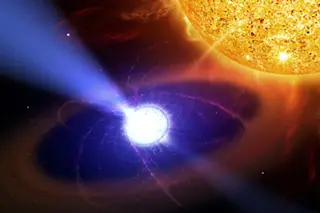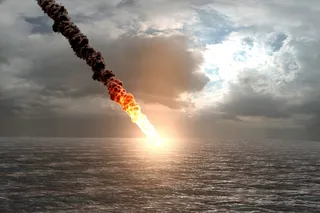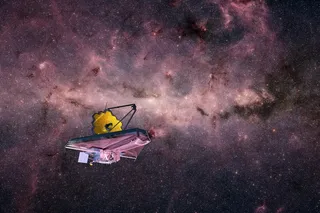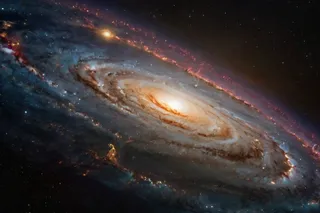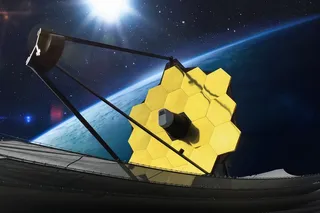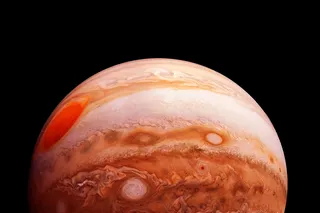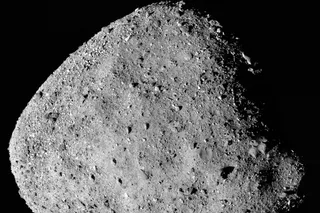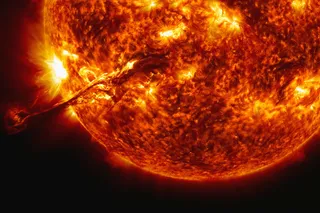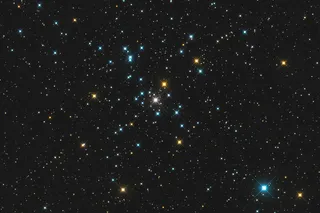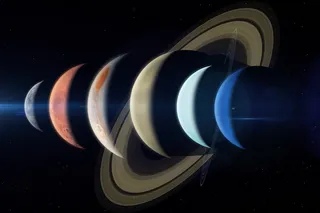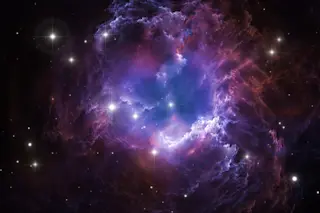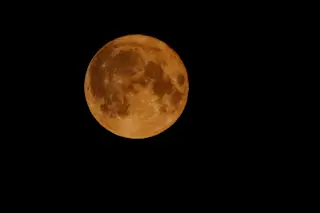Astronomers keep turning up new exoplanets, and as the count rises, they keep edging closer to finding worlds like our own pale blue dot. Astronomer Jay Farihi thinks Earth-like worlds might be even more common in the universe than previously expected, based on evidence from rocky planets few astronomers are studying: The ones that don't exist anymore. Farihi's research subjects are white dwarfs. In our galaxy, about 90 percent of stars will end their lives in this incredibly dense state once the star sheds its outer material and only the core remains. This is the fate of our sun. White dwarfs usually have atmospheres composed of the light elements helium and hydrogen, as the heavy elements have settled to the core. But about 20 percent of white dwarfs are different, showing heavy elements—what astronomers call "metals"—in their atmospheres.
For decades, astronomers attributed this metallic pollution to the interstellar medium, the ...


